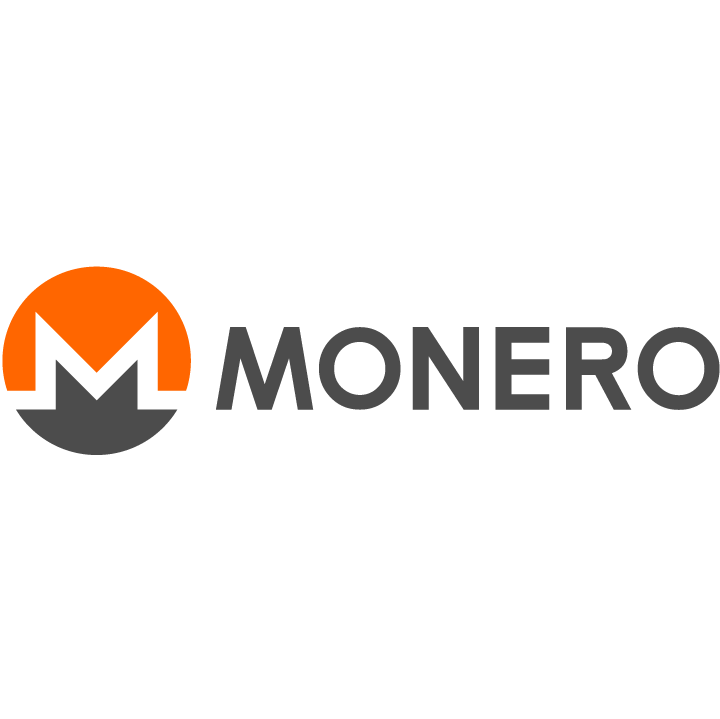How Monero can be utilized within Docker
Docker is a popular tool for containerization, allowing users to package an application with all of its dependencies into a standardized unit for software development. Here’s an overview of how Monero can be utilized within Docker:
Understanding Monero Docker Containers
What is Docker?
Docker is a platform that enables developers to package applications into containers—compact, portable units containing everything needed to run the software, including the code, runtime, system tools, libraries, and settings.
Monero in Docker
Running Monero in a Docker container simplifies the process of setting up and managing Monero nodes or services. It ensures that the Monero software operates in a controlled and consistent environment, regardless of where the Docker container is deployed.
Advantages of Using Monero with Docker
- Consistency: Docker ensures that Monero runs the same way, regardless of the environment, by eliminating the “it works on my machine” problem.
- Isolation: Running Monero in a container keeps it isolated from other processes, which enhances security and reduces the risk of conflicts with other software.
- Portability: Docker containers can be easily moved between different machines, operating systems, and cloud environments.
- Scalability: With Docker, it’s easier to scale Monero nodes up or down based on demand, as containers can be quickly started and stopped.
- Easy Updates and Maintenance: Updating Monero software within a Docker container can be as simple as pulling a new image and restarting the container, minimizing downtime and reducing manual maintenance efforts.
How to Use Monero with Docker
- Pull Monero Docker Image: Obtain a Monero Docker image from a public Docker registry, such as Docker Hub, or build your own from a Dockerfile provided in the official Monero GitHub repository.
- Run Monero Container: Start a container from the Monero image, configuring it with the necessary options, such as port mappings, volume bindings for persistent data, and environment variables for Monero configurations.
- Manage Monero Node: Interact with the Monero node running inside the Docker container using Monero client tools, command-line interfaces, or through integrated services in the container.
Common Use Cases
- Running a Monero Full Node: Docker simplifies the process of setting up and maintaining a full Monero node, making it accessible for individuals and organizations aiming to support the Monero network.
- Monero Mining: Miners can use Docker to deploy and manage Monero mining software consistently and efficiently across various machines and environments.
- Development and Testing: Developers working on Monero-related projects can use Docker to create consistent and isolated environments for building and testing their applications.
Monero Docker containers offer a flexible, efficient, and consistent way to deploy and manage Monero software. By leveraging Docker’s containerization technology, users can easily set up, run, and maintain Monero nodes, mining operations, or development environments, irrespective of their underlying hardware or operating systems. This approach not only streamlines the deployment process but also enhances the scalability and security of Monero operations.
